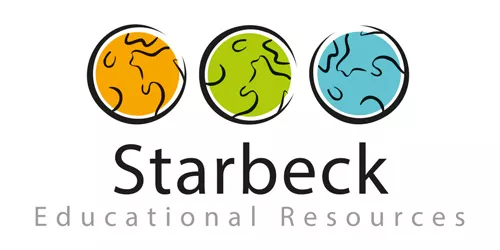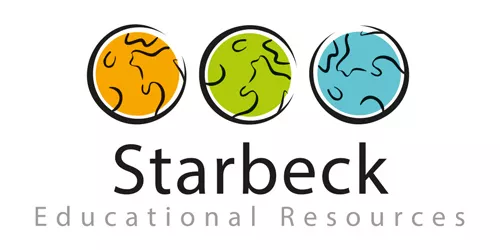When did the Maya Civilization start and end?
According to widespread consensus, the Mayan civilization began approximately 2000 BCE and persisted until the arrival of the Spanish in the 16th century CE. The Classic era, which spanned around 250 CE to 900 CE, saw the civilization at its pinnacle. In addition to creating an impressive writing system and sophisticated astrological knowledge, the Mayans also constructed many of the amazing architectural and artistic monuments that we currently identify with their civilisation, such as pyramids and temples, during this time.
The Mayan civilisation experienced a fall after the Classic era, and many of its magnificent towns were left in ruins. Although the Mayan civilisation persisted even into the Classic period, its population and political influence significantly declined.
The civilisation was not a single entity; rather, it was made up of various city states, each with its own culture, system of administration, and economy. These city-states alternated between cooperating, engaging in conflict, and forming confederacies.
What is the Maya Civilisation known for?
The Maya civilization is renowned for a wide range of achievements in various fields. The following are some of the most important:
1. Awe-inspiring cities and colossal buildings including pyramids, temples, palaces, and plazas were constructed by the Maya. These buildings were constructed with cutting-edge engineering methods and frequently embellished with fine carvings and paintings.
2. Writing: One of the most advanced writing systems in antiquity was created by the Maya. They kept records of facts about politics, history, religion, and daily life using a system of hieroglyphs, or picture-based symbols.
3. The Maya were accomplished mathematicians and astronomers who used their expertise to develop sophisticated calendar systems and to keep tabs on the cycles of the sun, moon, and planets.
4. Art: A diverse range of artistic mediums, such as pottery, sculpture, and paintings, were produced by the Maya. These works of art were frequently utilised to tell tales or to represent significant people and events.
5. The Maya created a vast range of artistic forms, such as ceramics, sculpture, and painting. These pieces of art were frequently utilised to illustrate significant people and events or convey stories.
6. Religion: The Mayans practised a complex religion that featured numerous gods and goddesses, each of which had unique traits and functions. Ceremonies were an integral part of Maya religious traditions, and they believed that when people died, they entered the Underworld through a cave or a cenote. When kings died, they followed the path linked to the cosmic movement of the sun and fell into the Underworld. For ceremonies commemorating their gods and the deceased, they created great architectural buildings like pyramids and temples.
All of these characteristics made the Mayan civilisation one of the most sophisticated and complex cultures in antiquity, and its legacy is still studied and respected today.
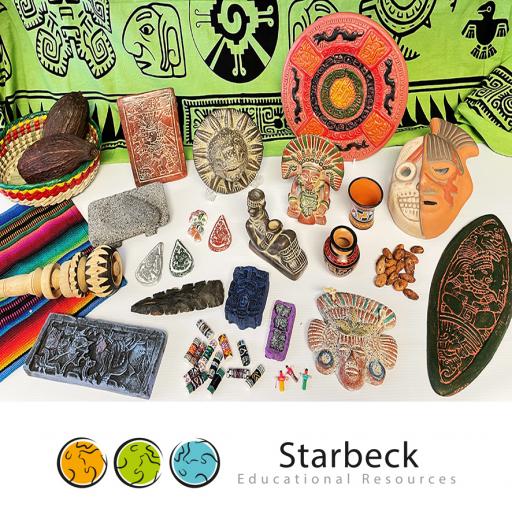
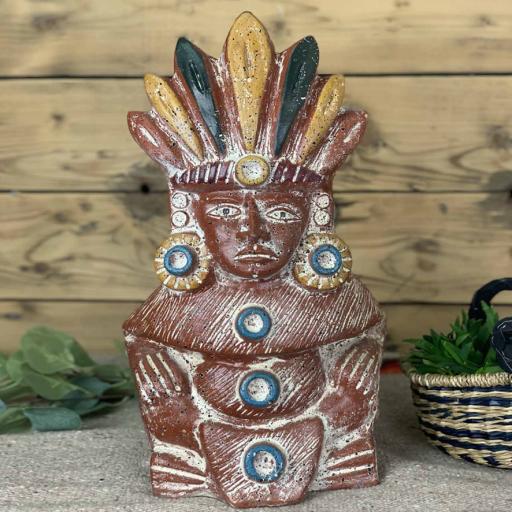
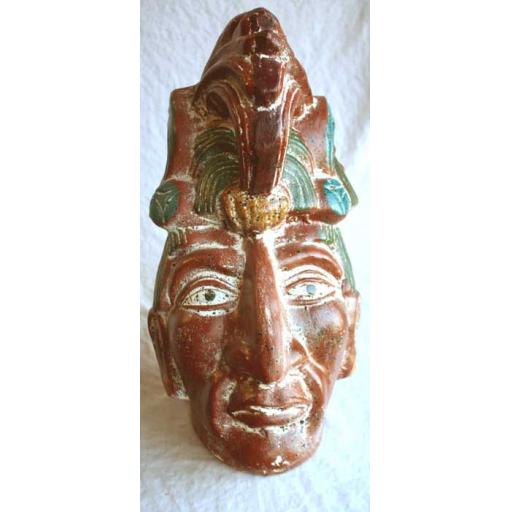
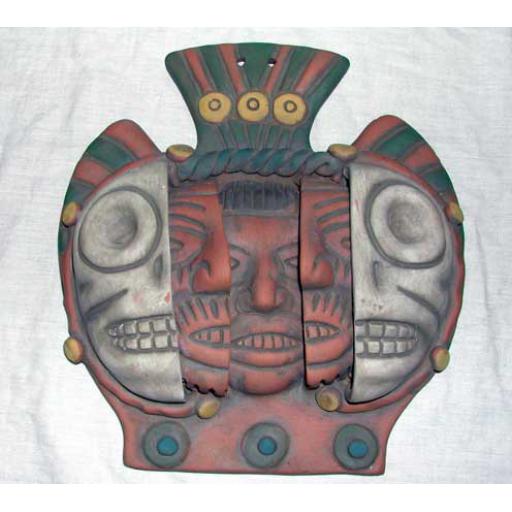
Where is the Maya Civlisation located?
The Maya civilisation existed in Central America's present-day nations of Mexico, Guatemala, Belize, Honduras, and El Salvador. The hub of the civilization was the lowland region of the Yucatan Peninsula and present-day Guatemala, but the Maya also lived in sections of Belize, Honduras, El Salvador, and the contemporary Mexican states of Tabasco and Chiapas.
In this area, the Mayans constructed sizable cities and ceremonial centres, many of which were situated in tropical rainforests. Tikal, Palenque, Copán, and Calakmul in Guatemala; Chichén Itzá, Uxmal, and Tulum in Mexico; and Caracol, Xunantunich, and Lamanai in Belize are a few of the most well-known Mayan cities.
Different Mayan towns had unique cultures, systems of governance, and economies. These city-states occasionally worked together, occasionally engaged in conflict, and occasionally established confederacies. Many of these locations are now well-liked tourist attractions and significant archaeological sites where studies of the pre-Maya civilization continue.
What are three main facts about The Maya?
1. Advanced Astronomical Knowledge: The Maya were expert astronomers who developed intricate calendars that were used to keep track of the cycles of the sun, moon, and planets. They also constructed facilities like observatories, which gave them the ability to precisely track the motions of celestial bodies.
2. Complex Writing System: One of the most complex writing systems in ancient history was created by the Maya. They kept records of facts about politics, history, religion, and daily life using a system of hieroglyphs, or picture-based symbols. The majority of the extant inscriptions have been largely deciphered by modern scholars, allowing us to understand more about Maya society and culture despite the fact that many of these texts were lost or destroyed throughout time.
3. Highly advanced architecture: The Maya civilisation created stunning structures such pyramids, temples, palaces, and plazas. These buildings were constructed with cutting-edge engineering methods and frequently embellished with fine carvings and paintings. The Mayans also mastered the skill of stone construction, producing stunning architectural features like corbelled vaults and intricate multistory structures.
